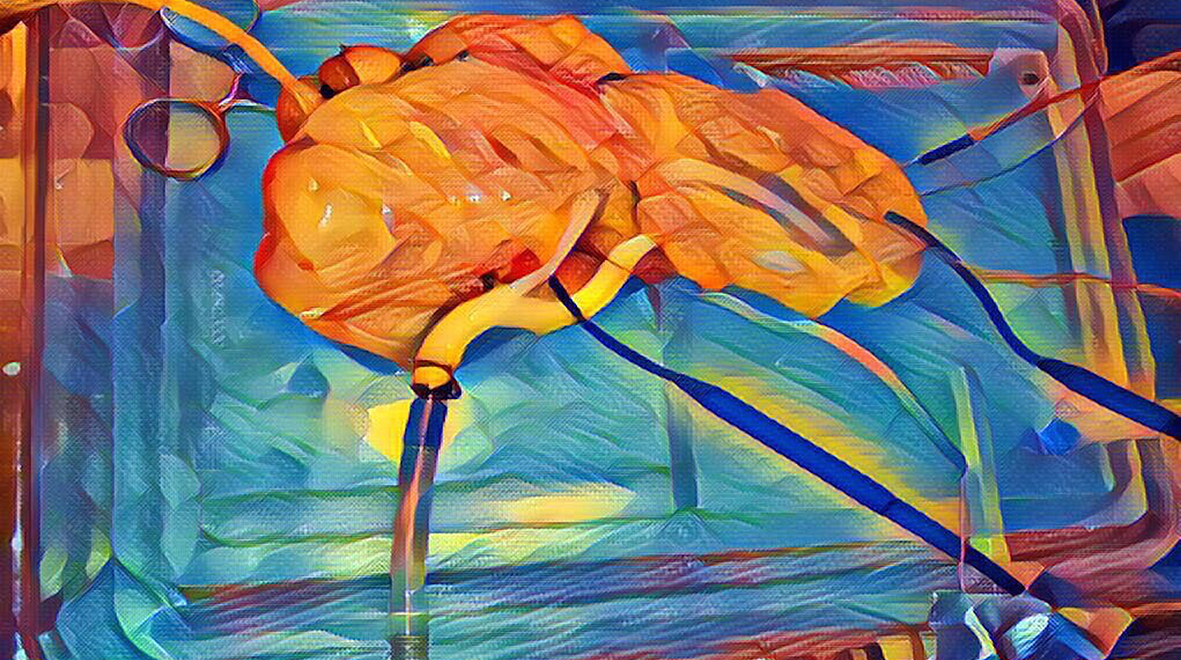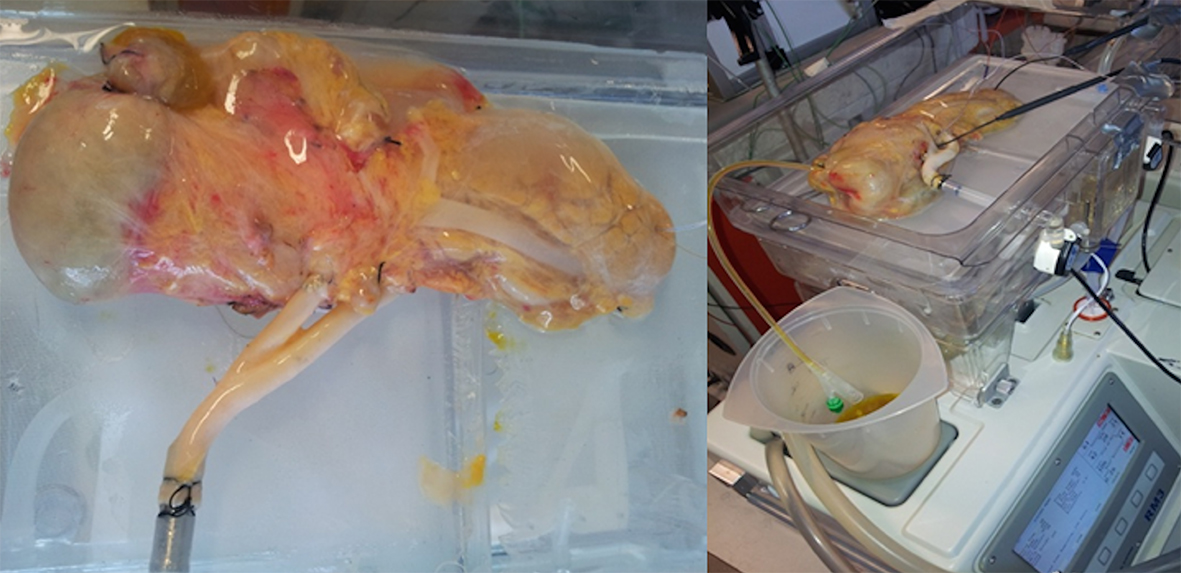
Karim Hamaoui provides an insight into an innovative solution for the organ donation shortage – a technique that allows the pancreas to be preserved for longer and for better function.
The pancreas responsible for producing one of the body’s most important hormones: insulin. Since the first pancreas transplant in 1966, this procedure has revolutionised the treatment of type 1 diabetes. To date, pancreas transplantation is the only definitive treatment to render patients free from daily insulin injections and provide a better quality of life for these patients.
A key problem in the UK and worldwide is the limited supply of organs available and suitable for transplantation. The majority of pancreases used for transplantation in the UK come from a person who has died, and whose relatives have given permission for them to become an organ donor. To meet demand, the criteria used to identify suitable donors can be expanded from ‘ideal’ to ‘extended’ criteria. Extended criteria donors can also be euphemistically referred to as donors with ‘medical complexities’. They are normally aged 60 years or older, or aged over 50 years but with at least two of the following conditions: high blood pressure history, degree of kidney impairment, cause of death from a stroke. Unfortunately, complications are more pronounced for these types of organs.
A solution to the organ shortage
Here at Imperial’s Transplant Centre of Excellence at Hammersmith Hospital – led by transplant surgeon Professor Vassilios Papalois – we have successfully developed novel technologies to improve the preservation and viability of such organs for transplantation with the aim to expand the pool of available organs.
Historically organs were stored after retrieval from the donor in specifically prepared cold preservation solutions. This procedure allowed the organs to be preserved using hypothermia for up to 24 hours – enough time for transport to the recipient hospital and further preparation of the recipient.
Over the past few years, dynamic machine organ preservation has emerged where an organ is perfused or ‘pumped’ using cold re-circulated preservation solution. This has provided an alternative more physiologically viable and potentially superior form of organ preservation. The success of this technique for kidney and liver grafts has kindled new interest in the use of dynamic preservation techniques for the pancreas.
Pancreas preservation
Despite this interest, hypothermic machine perfusion (HMP) for pancreas remains a mostly unexplored option due to the complex anatomy and fragility of the pancreas.
As a surgeon and post-doc working in Professor Papalois’s team, I have recently published a paper [1] on the successful development of novel models for machine perfusion of the pancreas, addressing the challenges inherent to pancreas preservation.
In this work, we used current technology and techniques developed at Imperial to demonstrate that dynamic machine preservation of a pancreas is feasible. This work funded by the Live Life Give Life charity and Roche Organ Transplant Research Foundation used both pig pancreases as well as human pancreases (donated for research).
All the translational results to date suggests this provides better function and viability of the organs placed on the machine pump compared simply to storing them in cold solutions.

Published in the Journal of Surgical Research as the main article and featured on the front cover of the issue, I am pleased that this work has received national an international recognition having been presented at meetings of the European Society of Organ Transplantation, the British Transplant Society, and winning both local and international prizes.
Future of machine perfusion
I believe this work is a valuable foundation stone for the journey toward the goal of using machine perfusion to preserve, allow viability assessment while on the machine, and then optimize pancreases prior to transplantation.
Work is already underway to build on this success by translating this work into meaningful clinical practice for patients. Such strategies will be most useful in the context of using the ‘extended’ criteria donor pancreases to further expand the donor pool by allowing selection and usage of viable grafts and minimising unnecessary discard of these valuable resources.
We hope that in the development of this technology we will be able to use organs that are currently considered to be not suitable for transplantation, and also increase the chances of post-transplant survival and long-term function of those organs; there is immense potential benefit for our patients.
Dr Karim Hamaoui is a surgeon and honorary post-doctoral researcher at Imperial’s Department of Surgery and Cancer.
Prof Vassilios Papalois is a Consultant Surgeon at Imperial College Healthcare NHS Trust and a Professor of Transplant Surgery at Imperial’s Department of Surgery and Cancer.
- Hamaoui K, Gowers S, Sandhu B, Vallant N, Cook T, Boutelle M, et al. Development of pancreatic machine perfusion: translational steps from porcine to human models. J Surg Res 2018;223:263–74.